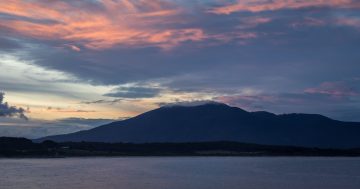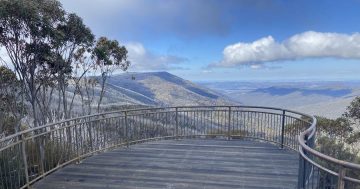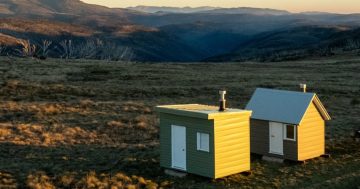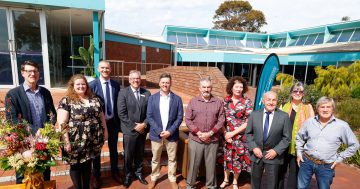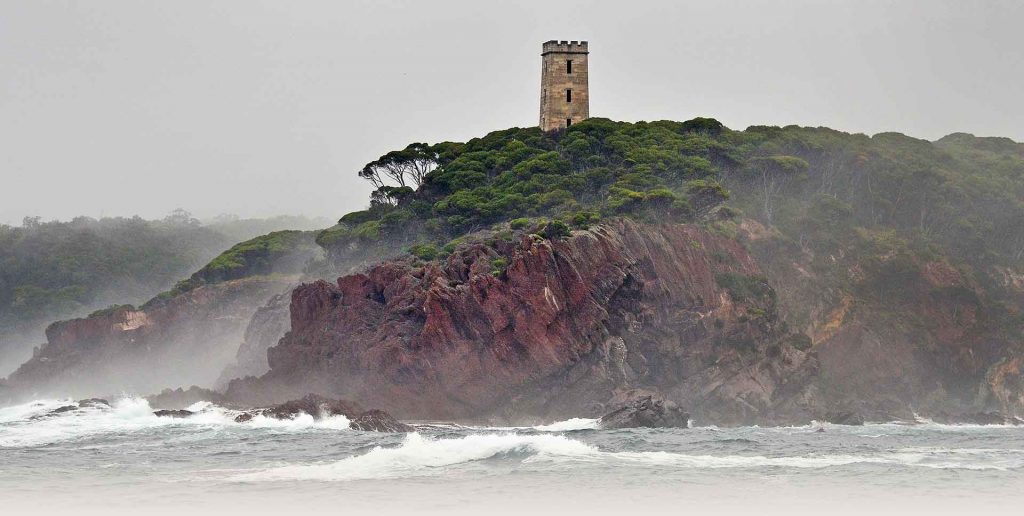
Boyd’s Tower, located south of Eden on the Far South Coast, will have its precinct repaired and upgraded. Photo: SCT.
While the process of renaming the Ben Boyd National Park is underway, work will also begin to make the Boyd’s Tower precinct more accessible as well as repair its bushfire-damaged facilities.
Kane Weeks from the NSW National Parks and Wildlife Service (NPWS) said as well as making the tourist attraction on the Far South Coast more accessible, NPWS will also update and improve the signage at the tower to better reflect the real history of Ben Boyd and to celebrate Indigenous Australian language and culture.
“From the end of this month we’ll start to refresh this popular visitor area and build purposely-designed facilities to make it easier for people of all abilities and ages to enjoy,” he said.
The fire-damaged lookout over the Pacific Ocean will be replaced with a new one that can be accessed by people with limited mobility, while the walking track that loops around the tower will also be replaced with a track that has a flatter and wider surface more suitable for wheelchairs.
“The new track will make it easier and safer for people to move around the site, while protecting the headland’s natural values,” Mr Weeks said.
Bushfire-damaged amenities will also be replaced with a wheelchair-accessible toilet and new signage shelter and the carpark will be better designed to improve traffic and pedestrian flow and to accommodate increased parking spaces, modified vehicles, vans and buses.
Boyd built the sandstone tower in the mid-1800s intending it to be a private lighthouse, and also built the township Boydtown, before being declared bankrupt.
Local Indigenous Australian communities had requested the Ben Boyd National Park be renamed due to Boyd’s involvement in ‘blackbirding’, a practice involving the coercion of people through deception or kidnapping to work as slaves or poorly-paid labourers.
A report by independent historian Dr Mark Dunn found that in the early 19th century, Boyd took people from the islands of what is now Vanuatu and New Caledonia to work on his pastoral stations in NSW.
The Boyd’s Tower area will be closed from late February 2022 for the repairs and is expected to re-open in July 2022.
This project is part of the biggest infrastructure investment in NSW national parks history, delivering $450 million of priority works that benefit the community and boost nature-based tourism across the state.







